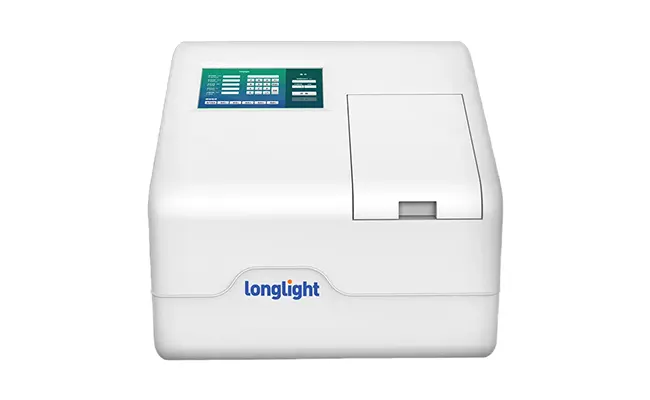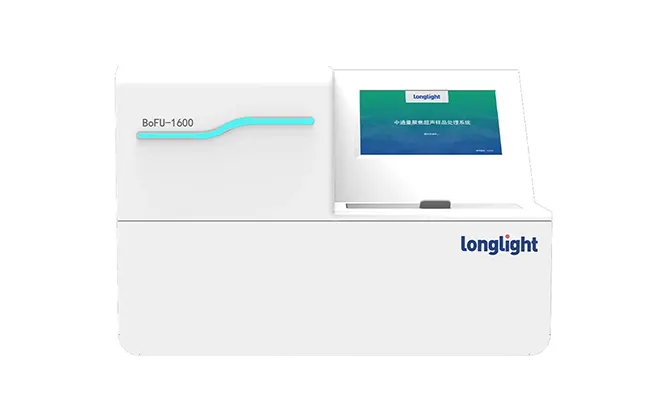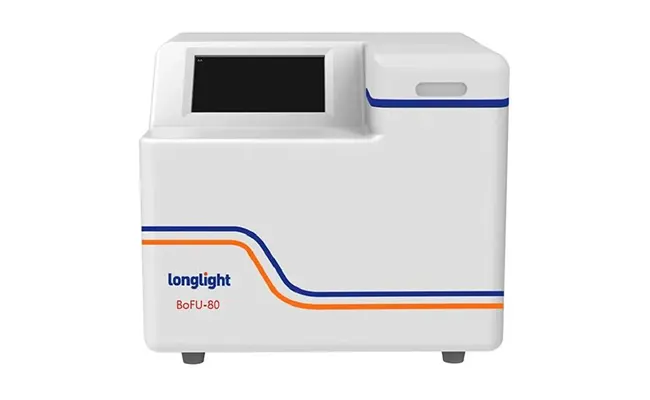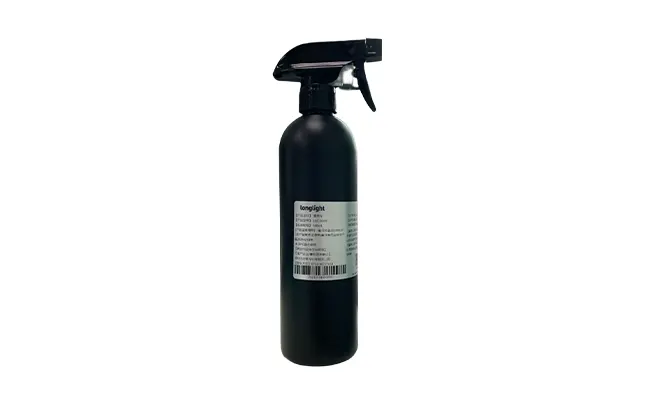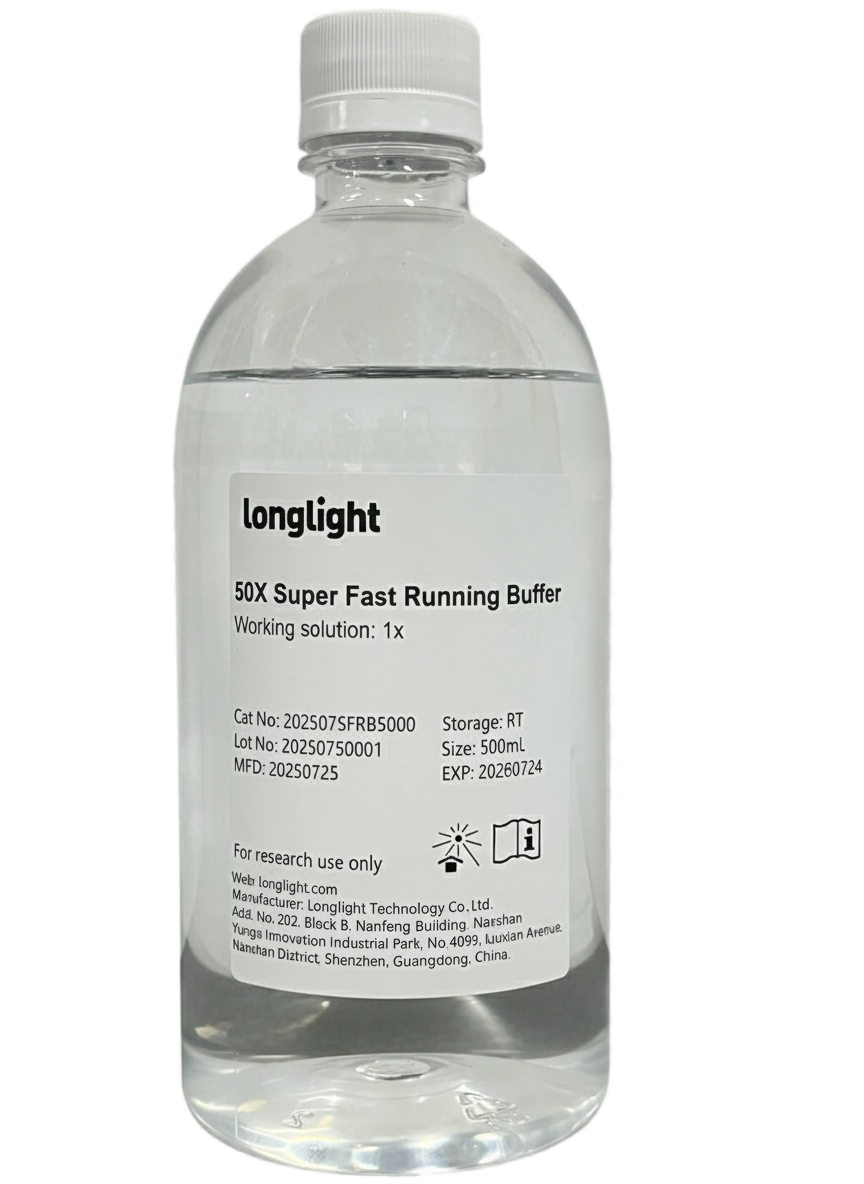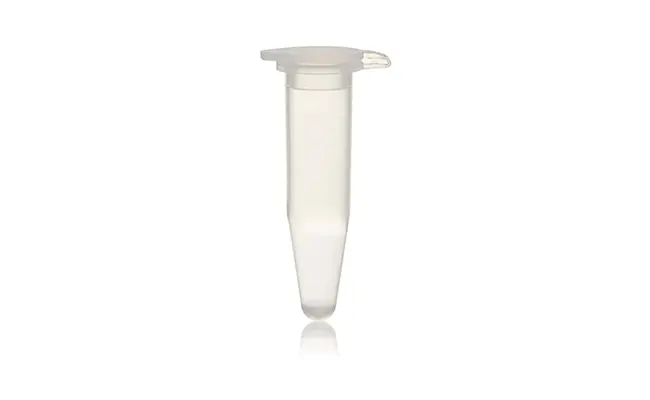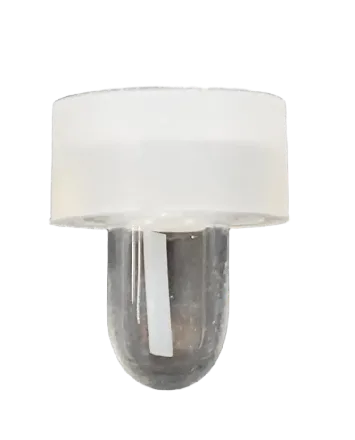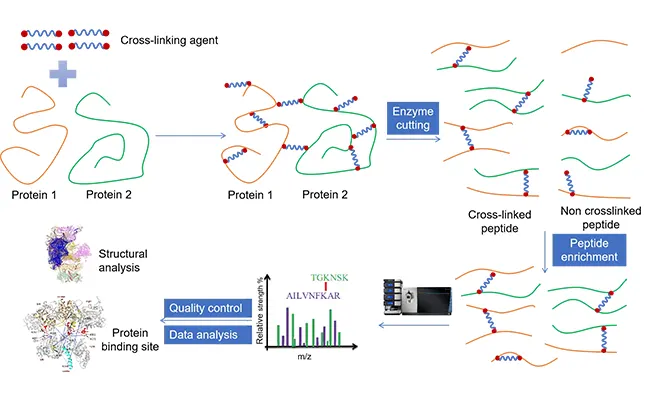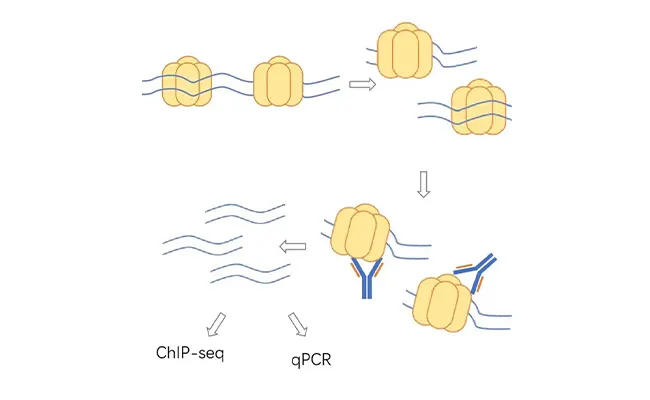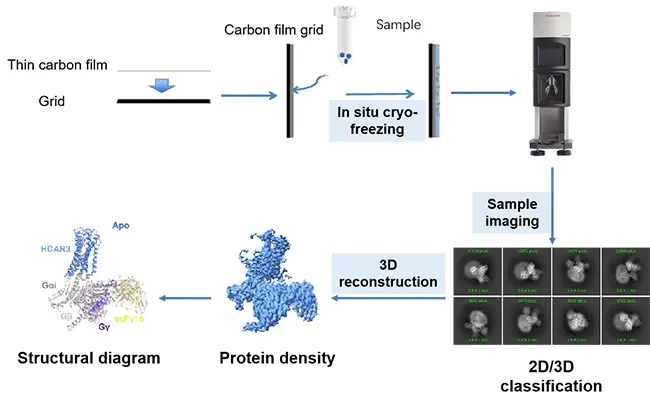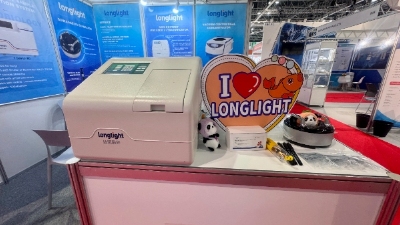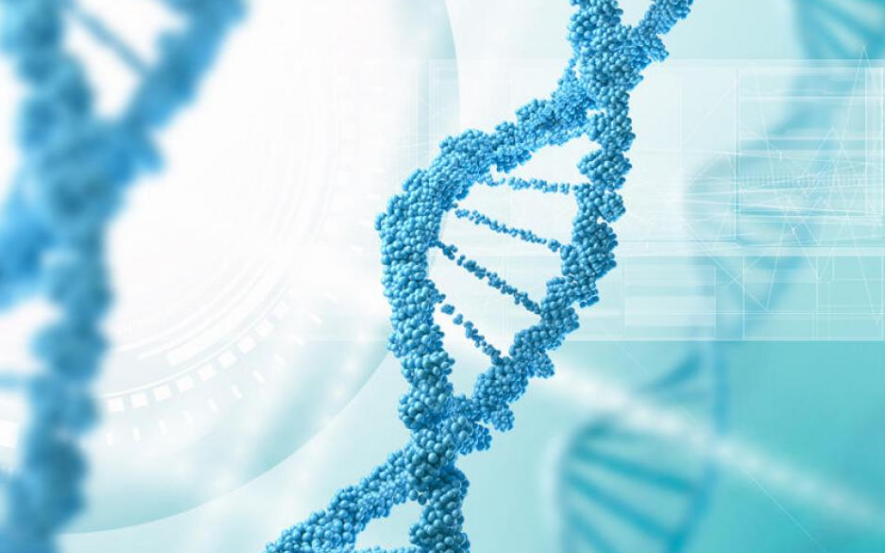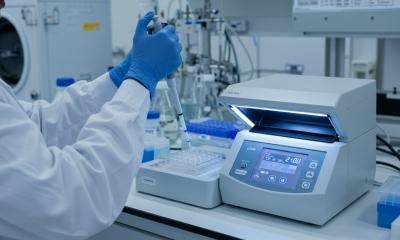Related Post
How to Cut Nucleic Acid Electrophoresis Time to 10 Minutes?
2025-10-31Nucleic Acid Electrophoresis is often slower than it needs to be – stealing time, overheating gels, and delaying decisions in busy labs.
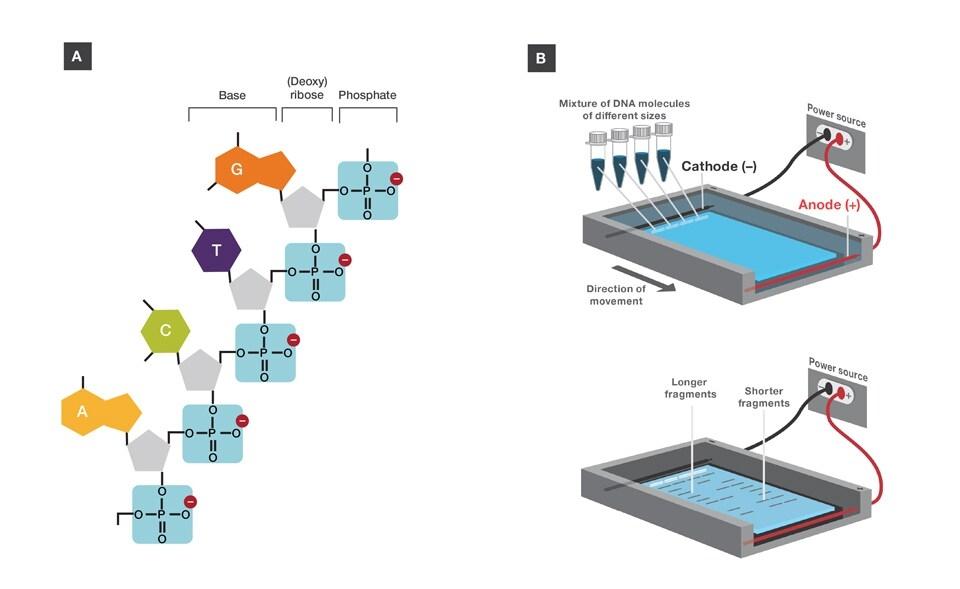
The Pain: Why Gels Take Too Long
Most teams accept 30 – 60 minute runs as “normal.” But long runs hide real costs. Heat builds up, bands blur, and you lose time between PCR and the next step. Classic TAE/TBE buffers were not designed for speed at higher field strengths. Push the voltage and the gel warms; push longer and you risk distorted migration or poor recovery. Re-running a gel to fix smearing costs more than minutes – it lowers confidence and clogs your workflow.
From conversations with customers, we hear the same pain points again and again. Researchers want faster checks of PCR products, high-throughput screens that don’t stall, and clean bands that can go straight to ligation or gel recovery. Procurement wants consumables that last and don’t require constant replacement. At Longlight Technology, we asked a simple question: what if Nucleic Acid Electrophoresis could be reliably finished in 5 – 10 minutes without sacrificing downstream performance?
❓ What Labs Tell Us?
Overheating, inconsistent buffer strength between casting and running, and anxiety about downstream steps limit speed. Teams hesitate to change buffers because they worry about ligation, extraction yield, or RNA stability. You shouldn’t have to choose between speed and quality.
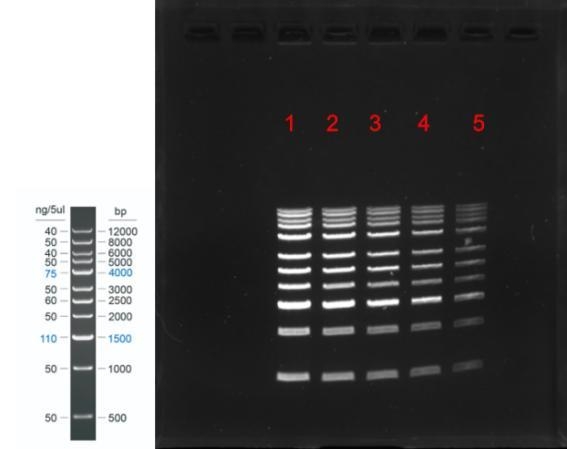
(Figure 1. Application of Super Fast Running Buffer on 0.8% Agarose Gel. Lane 1: D12000
ladder (5 μL); Lane 2: 4 μL; Lane 3: 3 μL; Lane 4: 2 μL; Lane 5: 1 μL)
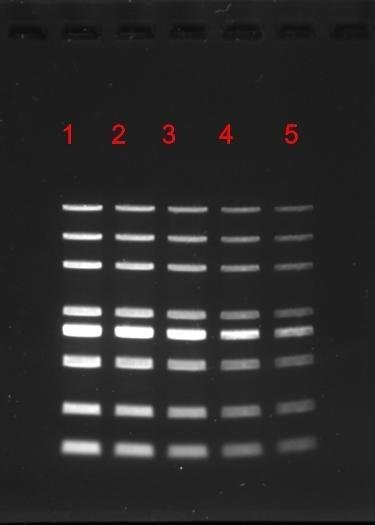
(Figure 2. Application of Super Fast Running Buffer on
1% Agarose Gel. Lane 1: D5000 ladder (5 μL); Lane 2: 4 μL; Lane 3: 3 μL; Lane 4: 2 μL; Lane 5: 1 μL)
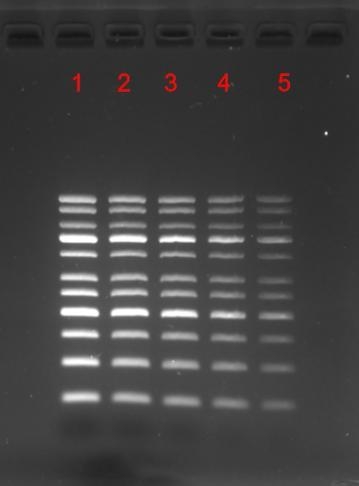
(Figure 3. Application of Super Fast Running Buffer on
2% Agarose Gel. Lane 1: D1000 ladder (5 μL); Lane 2: 4 μL; Lane 3: 3 μL; Lane 4: 2 μL; Lane 5: 1 μL.)
- Super Fast Running Buffer is fully compatible with various concentrations of agarose gels (0.8%, 1%, 2%), as shown Figure 1–3. Regardless of gel concentration, nucleic acid bands maintain excellent resolution and clarity, ensuring the experimental needs for separating different-sized DNA molecules.
The Fix: Super Fast Running Buffer Explained
Our 50x Super Fast Running Buffer is a low-ion-strength formulation built specifically for agarose Nucleic Acid Electrophoresis. Less ionic load means less heat at a given field. Pair it with the right agarose concentration and you can operate confidently at up to 25 – 30 V/cm, compressing a run that often takes 30 minutes into just 5 – 10 minutes. In head-to-head use, teams typically see ~2.5 – 3x faster separations than standard 1x TAE or 1x TBE.
How It Works
Lower ion strength reduces Joule heating and helps maintain sharp bands at higher voltage. That thermal stability preserves resolution for DNA and RNA while enabling speed. Just as important, the chemistry is downstream-friendly: it does not interfere with DNA gel extraction or ligation, so you can move directly to cloning, cleanup, or quant.
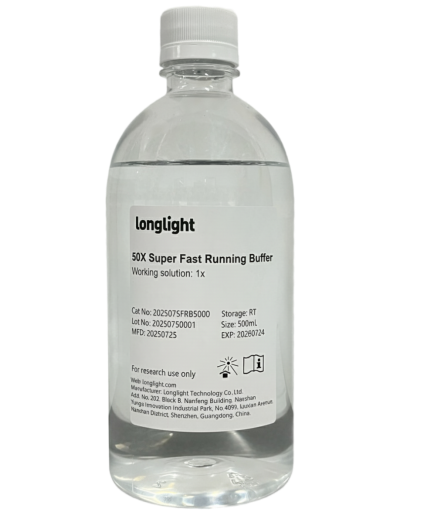
• Fast Turnaround: 5 – 10 minute runs at 25 – 30 V/cm
• Sharp Bands: High resolution even under high field strengths
• Downstream Compatibility: No impact on gel recovery or ligation
• Higher Recovery: Frequently exceeds TAE/TBE recovery performance
• Reusable Buffer Capacity: Strong buffering for multiple uses
- Quick Setup
Dilute the buffer 1:50 to prepare a 1x working solution (e.g., 20 mL of 50x into 980 mL distilled water). Store the 1x at room temperature. For best consistency, use the same batch of 1x to cast and run the gel; mixing different batches can alter buffer strength at the gel interface. Do not dilute below 1x – that invites abnormal migration.
Operating Conditions
Run at 25 – 30 V/cm of gel length and adjust based on your tank geometry and thermal behavior. As with any high-field run, confirm your power supply limits; if current or voltage drifts down, check whether the instrument is capping current or power. Staining is flexible: add dye to the gel or stain after the run – both work.
- Safety And Stability
Continuous runs or high ambient temperatures can raise buffer temperature. If needed, cool the unit or place it on ice to protect resolution. Replace buffer periodically to maintain accuracy. Store both 50x stock and 1x working solutions at room temperature; under recommended conditions, stability is at least 12 months from receipt. As always, wear a lab coat and disposable gloves. This product is intended for research use by professionals.
Real-World Gains And How To Start
When speed is reliable, everything downstream improves. A 5 – 10 minute gel lets you check PCR, adjust a library prep, or validate a ligation without derailing the day. For high-throughput groups, faster gels unclog queues and boost throughput. That means more data before lunch – and fewer evening reruns.
At Longlight Technology, we built this buffer to help teams shorten the loop between hypothesis and result. In pilot deployments, labs reported cleaner bands at higher fields, smoother handoffs to ligation, and improved gel extraction yield compared with legacy buffers. The reusability and concentrated 50x format also support cost control: one bottle goes a long way, and strong buffer capacity means fewer swaps in the middle of a run.
Best Practices For Rapid Nucleic Acid Electrophoresis
• Cast and run with the same 1x batch for consistency.
• Start at 25 V/cm, then move toward 30 V/cm as your setup allows.
• Watch buffer temperature on longer sequences of runs; cool as needed.
• Keep voltage under 200 V if you drop a TAE/TBE-cast gel into the fast buffer; very high voltages can distort results in that scenario.
- Where It Shines
Short verification runs, fast checks during cloning, screening dozens of PCR amplicons, and speeding up RNA workflows that typically crawl under traditional systems. If your team spends more time waiting on gels than acting on results, the gain is immediate.
Fina Thoughts
Ready to cut your Nucleic Acid Electrophoresis time to 10 minutes – without trading away clarity or recovery? Talk to Longlight Technology today to request a sample, get an SOP template, or review compatibility for your gel box. Let’s turn gel runs from bottlenecks into a quick checkpoint and keep your experiments moving.

